This Week At Angama #15
18 May 2018 | This Week at Angama | Adam Bannister
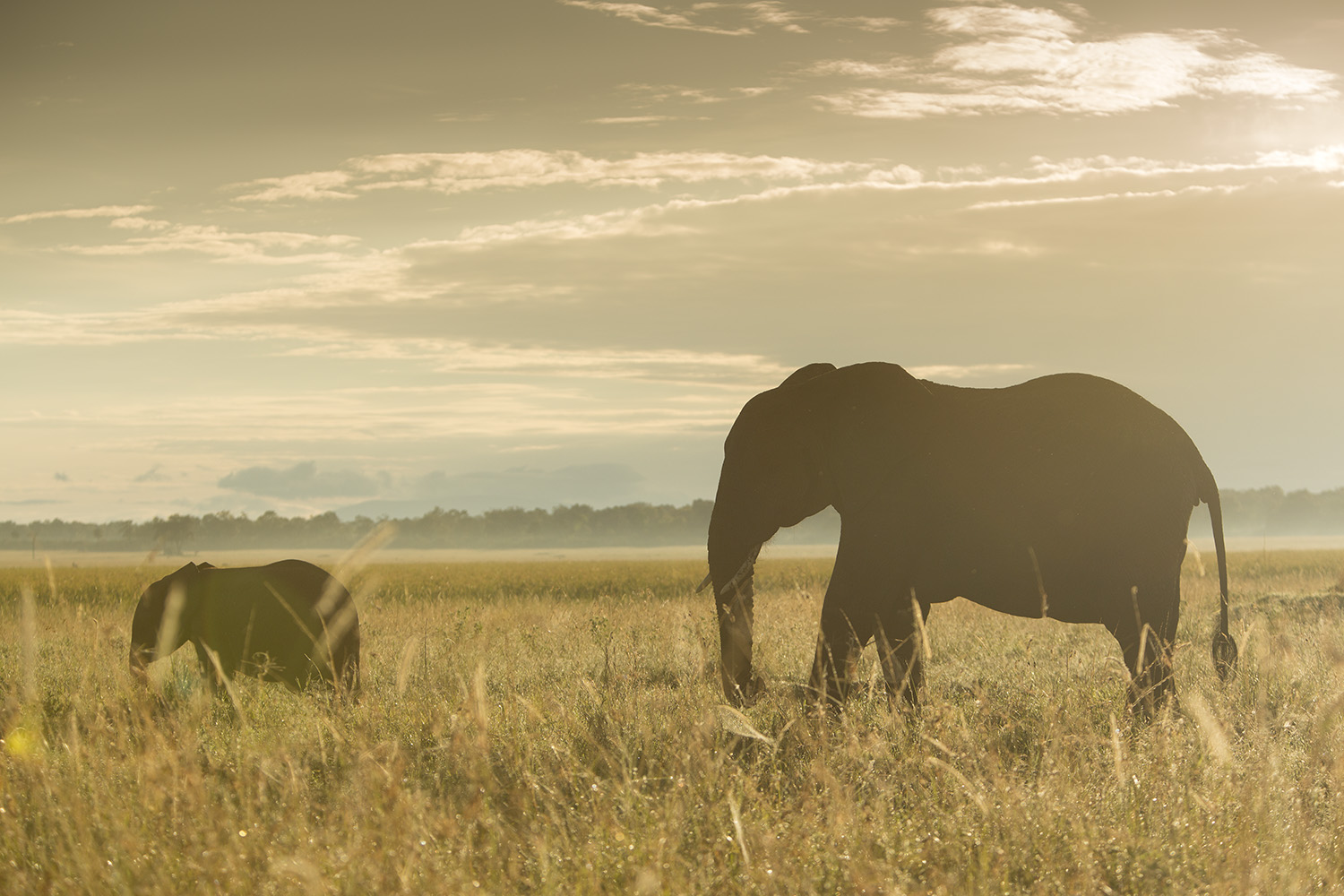
Flying into the Mara is the perfect way to start an adventure. You bid farewell to Nairobi and enter into a dreamland. The prospect of seeing beloved wild animals becomes all the more real. Directly below me a herd of elephant head towards the Mara River and to my east emerges the magnificent Oloololo escarpment. I’m on my way home, back to work and back to my Kenyan family. Enjoy This Week at Angama…
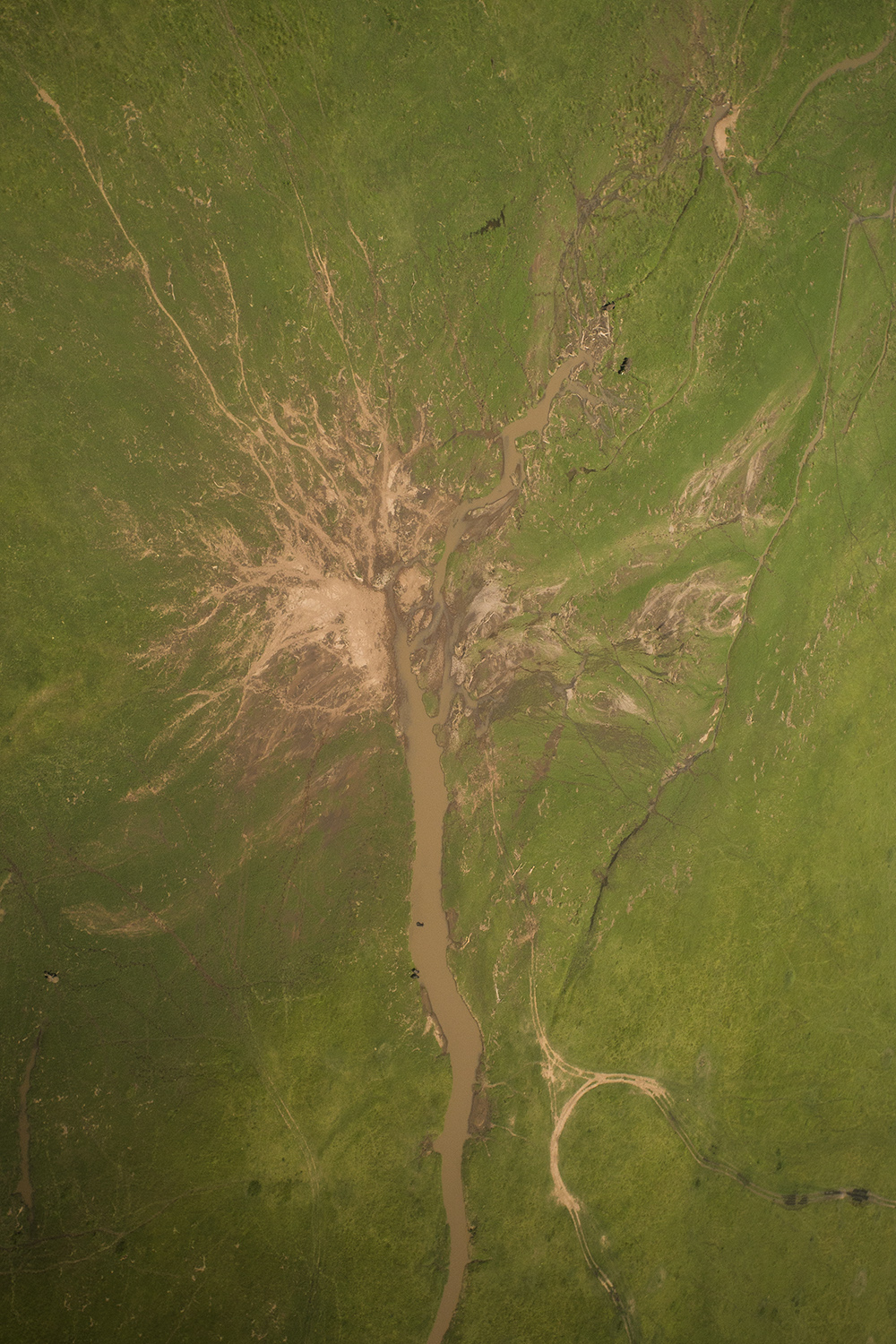
Verdant green greets me as I look down from the plane. I stare out transfixed at the world below. I left the Maasai Mara a month ago, but in this time it has grown another guise – it is rich, healthy and alive. I love the texture of the earth from the air. For me this particular muddy stream resembled the trunk of a tree and the various paths and gullies look like branches. An abstract Tree of Life. [f 5.0, 1/2500, ISO 640]
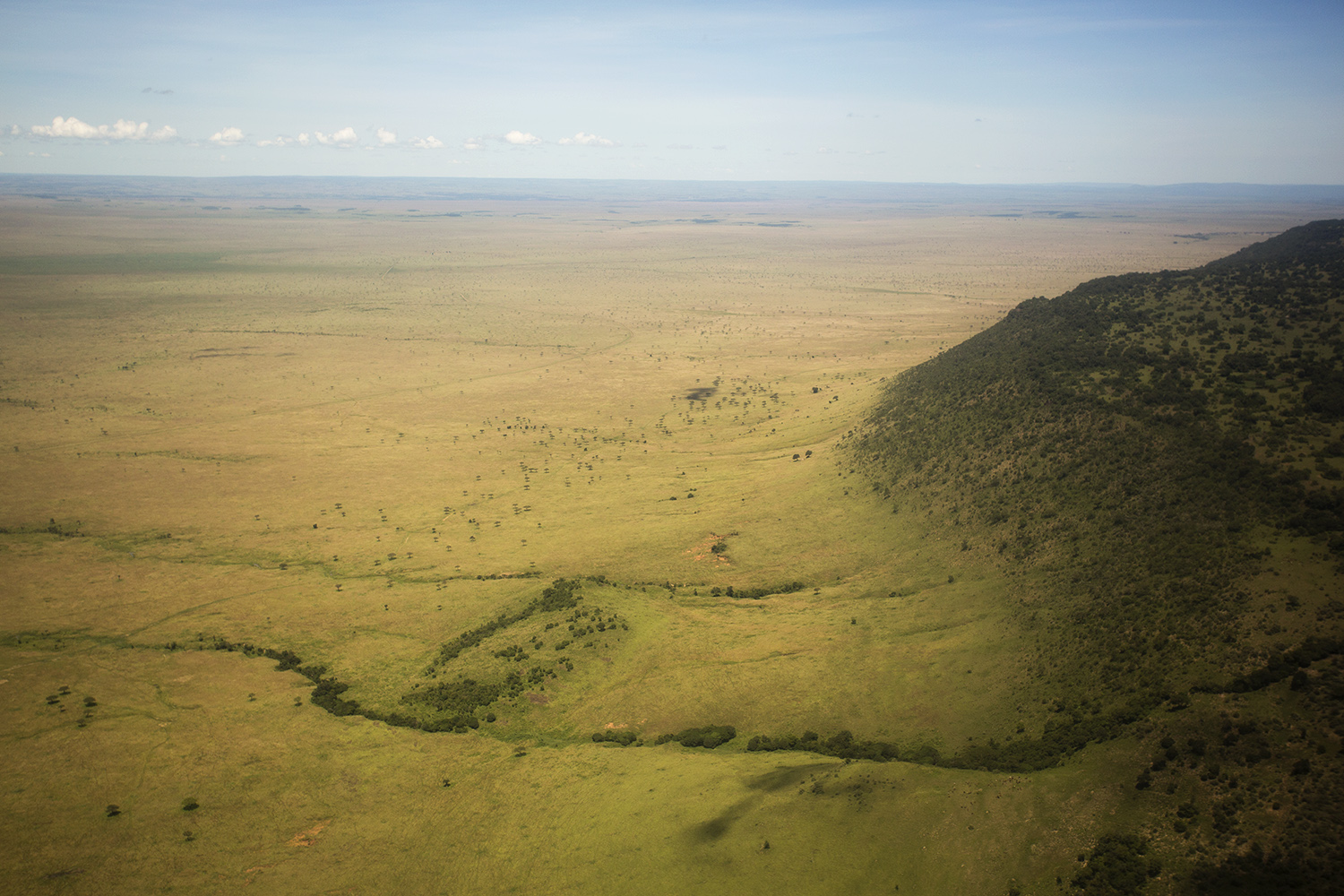
Angama sits perched above the Maasai Mara on the edge of the Oloololo escarpment. This is the view you are blessed with as you come into land. The camp sits just out of picture to the right. The greatest game reserve in the world is all around you. [f 5.0, 1/2000, ISO 400]
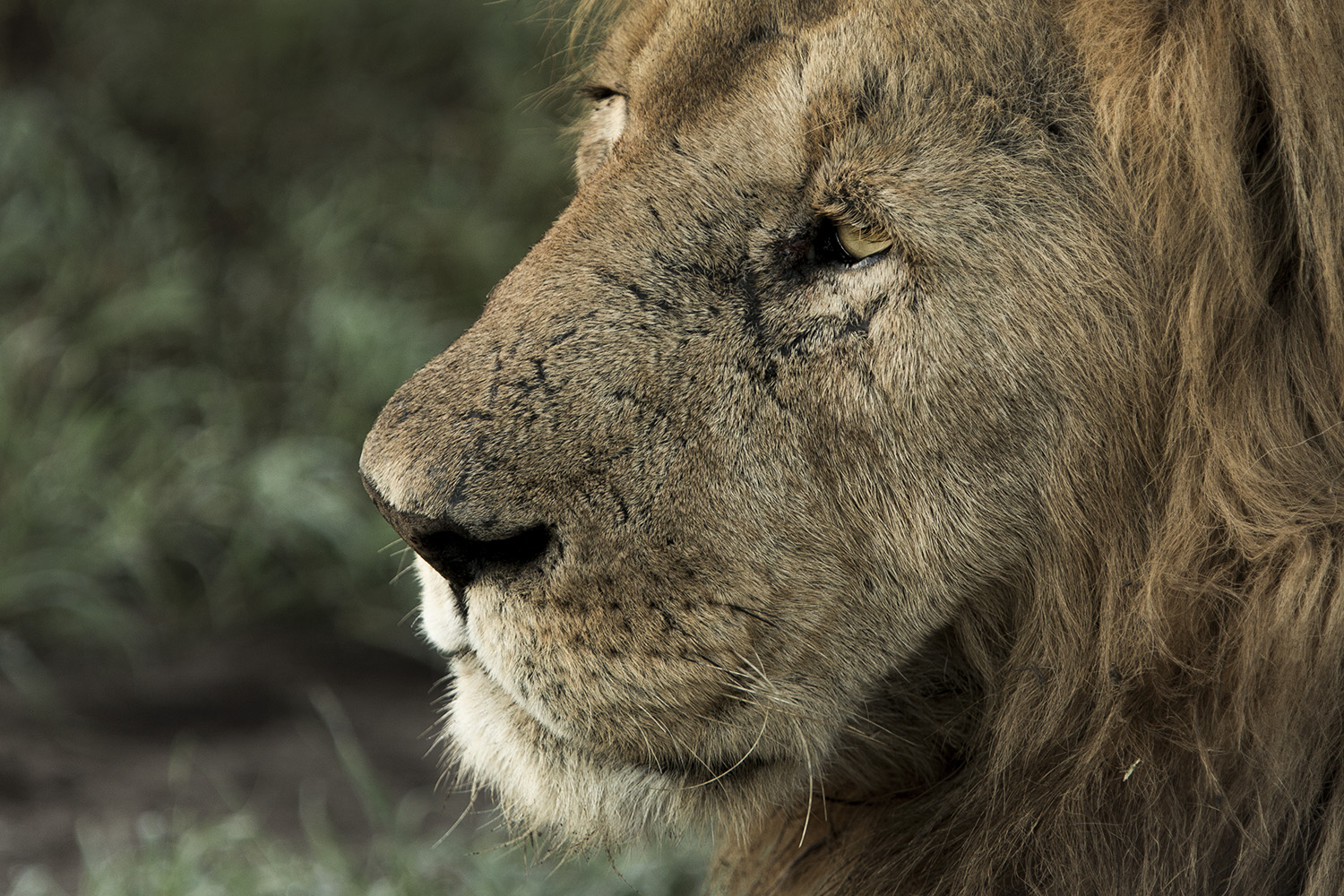
The animal I miss the most when away from the bush is the lion. It is my power animal and it came as no surprise that within 30 minutes of my first drive back at work I had two big males waiting in the road to greet me. [f 4.5, 1/125, ISO 400, -0.33 (desaturated in post)]
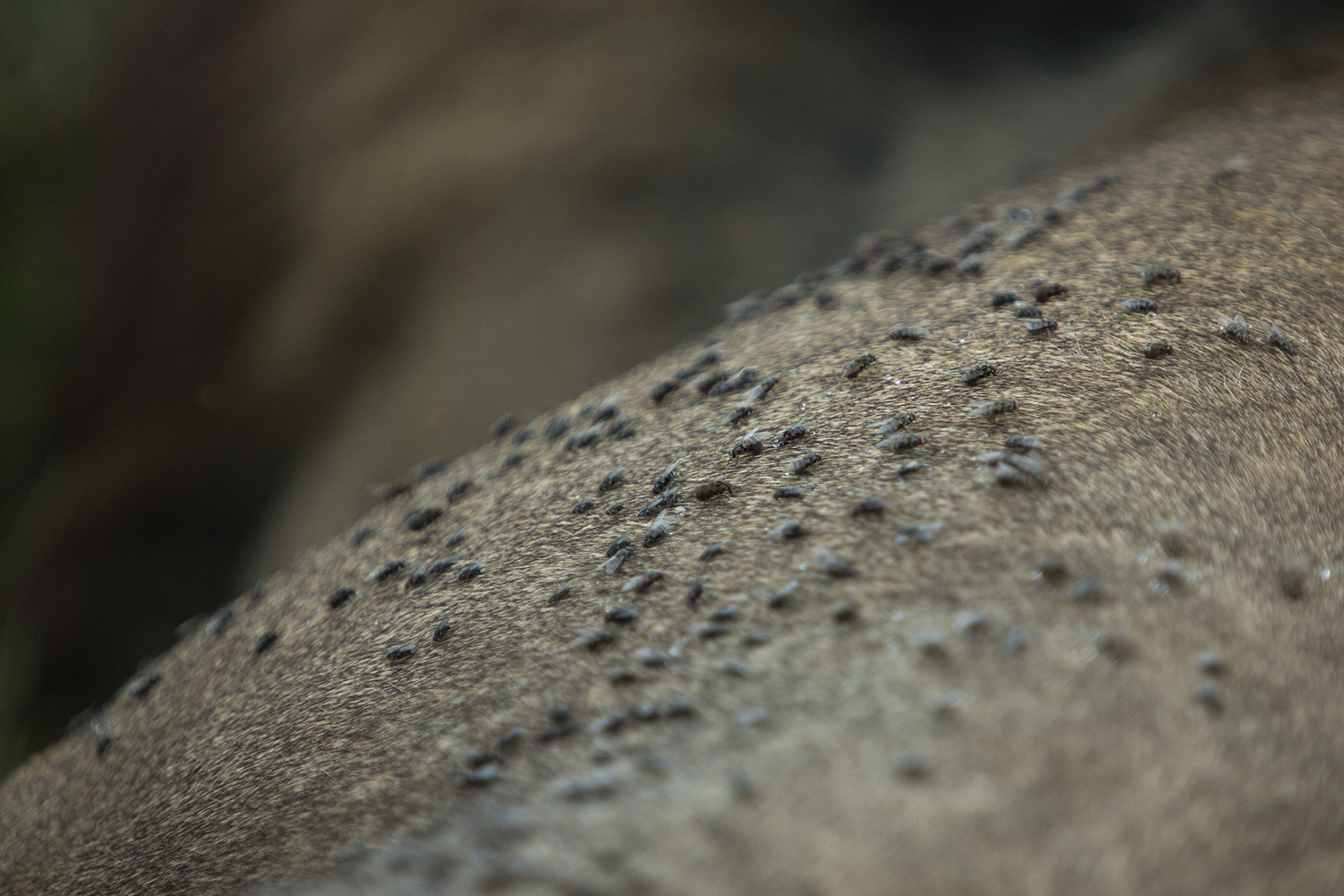
What I most love about photography are the details. Being forced to look at things differently, to zoom in and see minutiae otherwise overlooked – take for example this business of flies resting on the back of a huge male lion. A business is an apt collective noun for flies. [f 4.0, 1/200, ISO 500, -0.33]
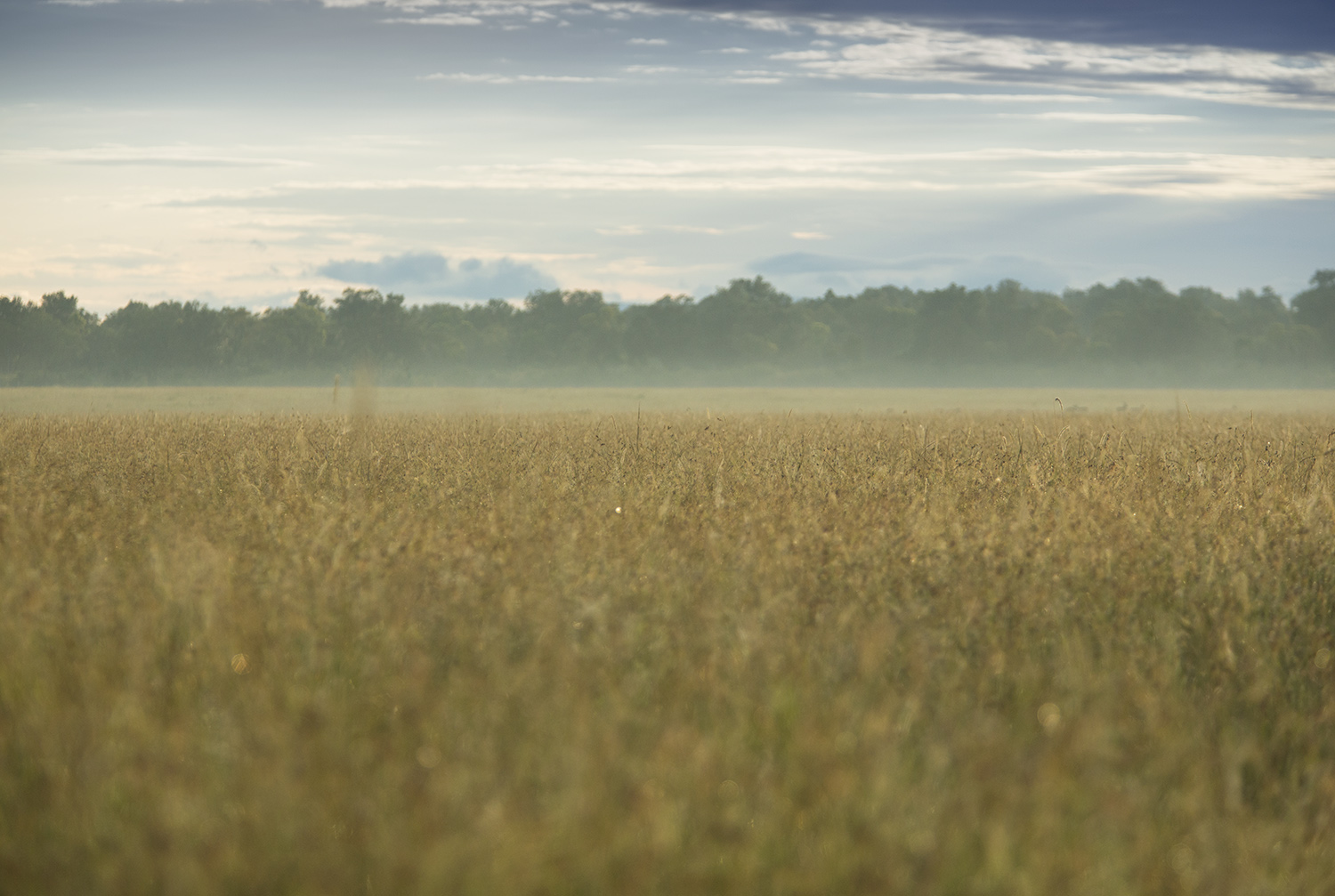
But as much as photography is about looking at the details, it is also about standing back, zooming out and capturing what lies in front of you. On my first drive back in the Mara I came across this view – a swathe of red grass, the gentlest of light and a thin layer of mist hugging the distant tree line. Not a single animal, or tree for that matter, was needed to make me think ‘Wow!’ [f 4.0, 1/3200, ISO 640]

Nearby a family of waterbuck slowly walked through the grass. I positioned the car and took this photo – pastel tones dancing before my eyes. [f 4.0, 1/5000, ISO 400, -0.33]

Tyler said it a few weeks ago as well, but giraffe are truly one of the most difficult animals to photograph. Their ungainly size and shape makes it very hard to capture and their movement is near impossible to do justice within a still frame. When this female walked beside me I decided to try something different and capture her without the extremities. Do you think it works? [f 5.6, 1/2500, ISO 250]
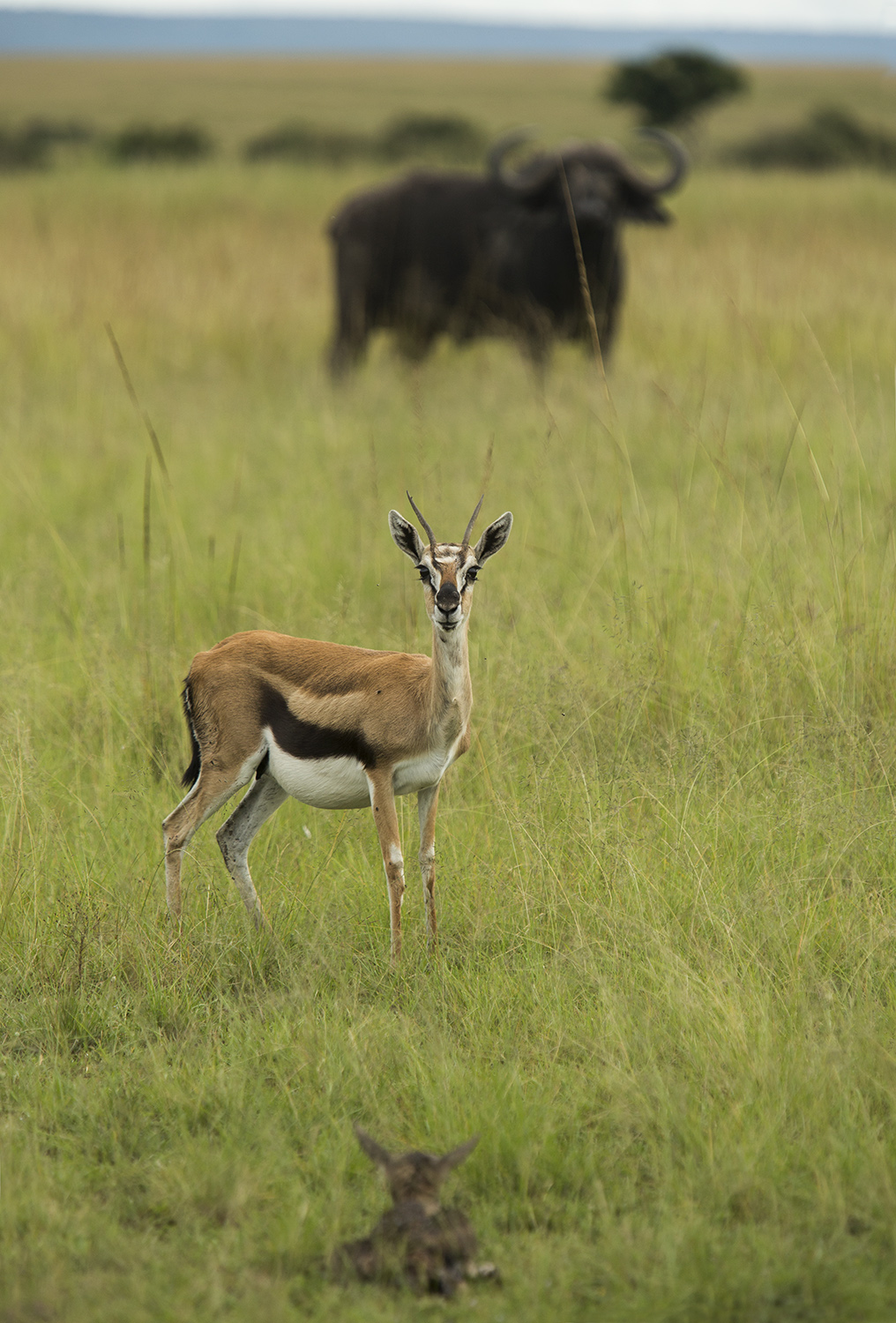
Witnessing the first moments of life of this Thompson’s gazelle and to see the instinctive behaviour of both the mother and the newborn take over was special moment. As I approached the mother stood back, the baby hid motionless on the ground and a nearby buffalo looked on. When all three subjects lined up I pressed the shutter. [f 5.0, 1/1250, ISO 500, + 0.33]

The long grass makes hunting all the easier for the big cats and, in turn, the antelope are all on heightened alert. A warthog passing by caught this herd of impala’s keen attention. [f 5.6, 1/1000, ISO 400, +0.33]
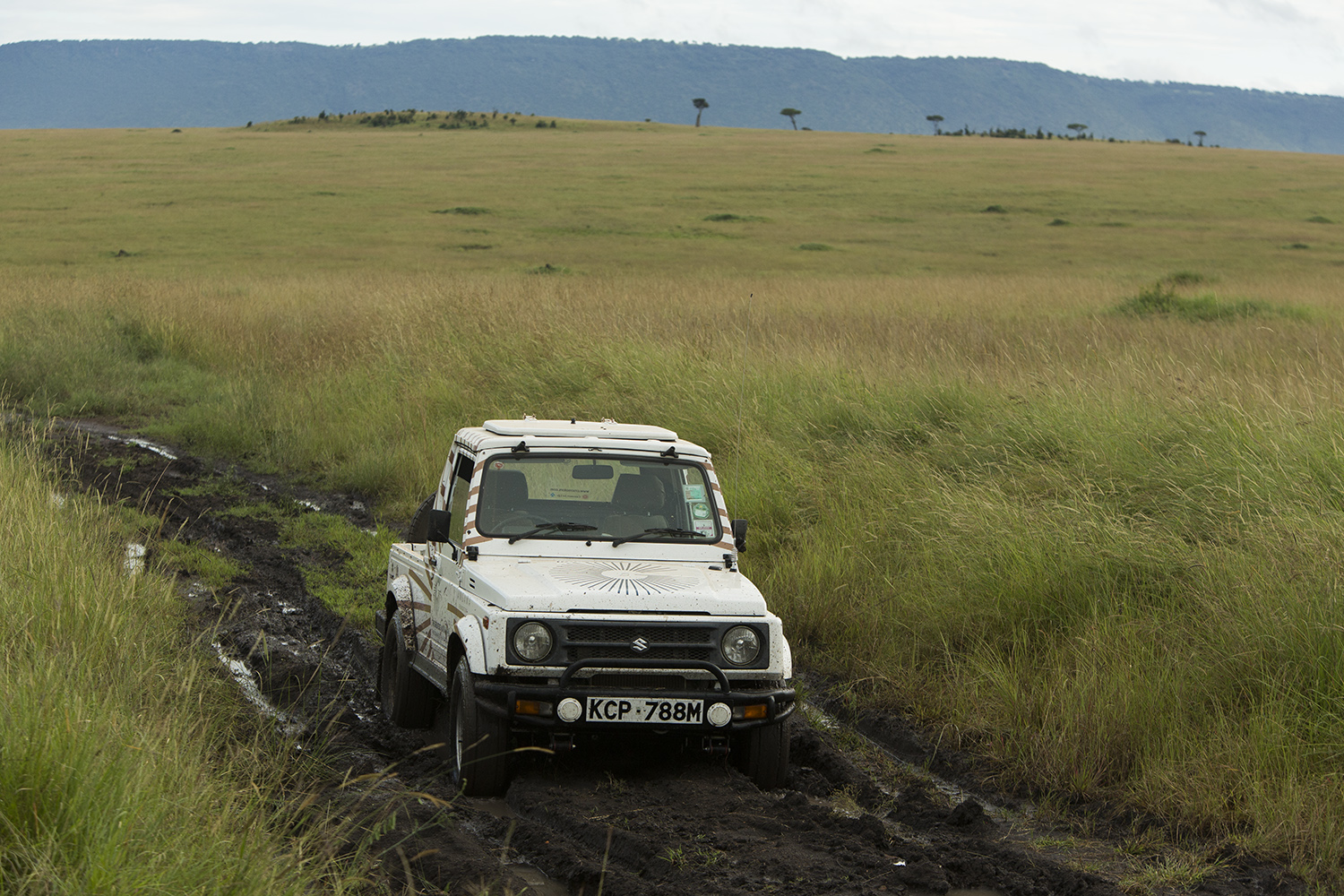
Getting stuck …
It was always going to happen, and to be honest I was quite impressed it only happened once this week. Getting down and dirty is often the highlight of any safari and makes for stories to be relived and shared around the campfire. For those not in the know, my little car is called Elsa. I meant for her to be named after the famous lioness raised by George and Joy Adamson, however her small build, and white colour makes others think her inspiration came from the famous Disney movie Frozen. [ f4.0, 1/100, ISO 2500, +0.33]
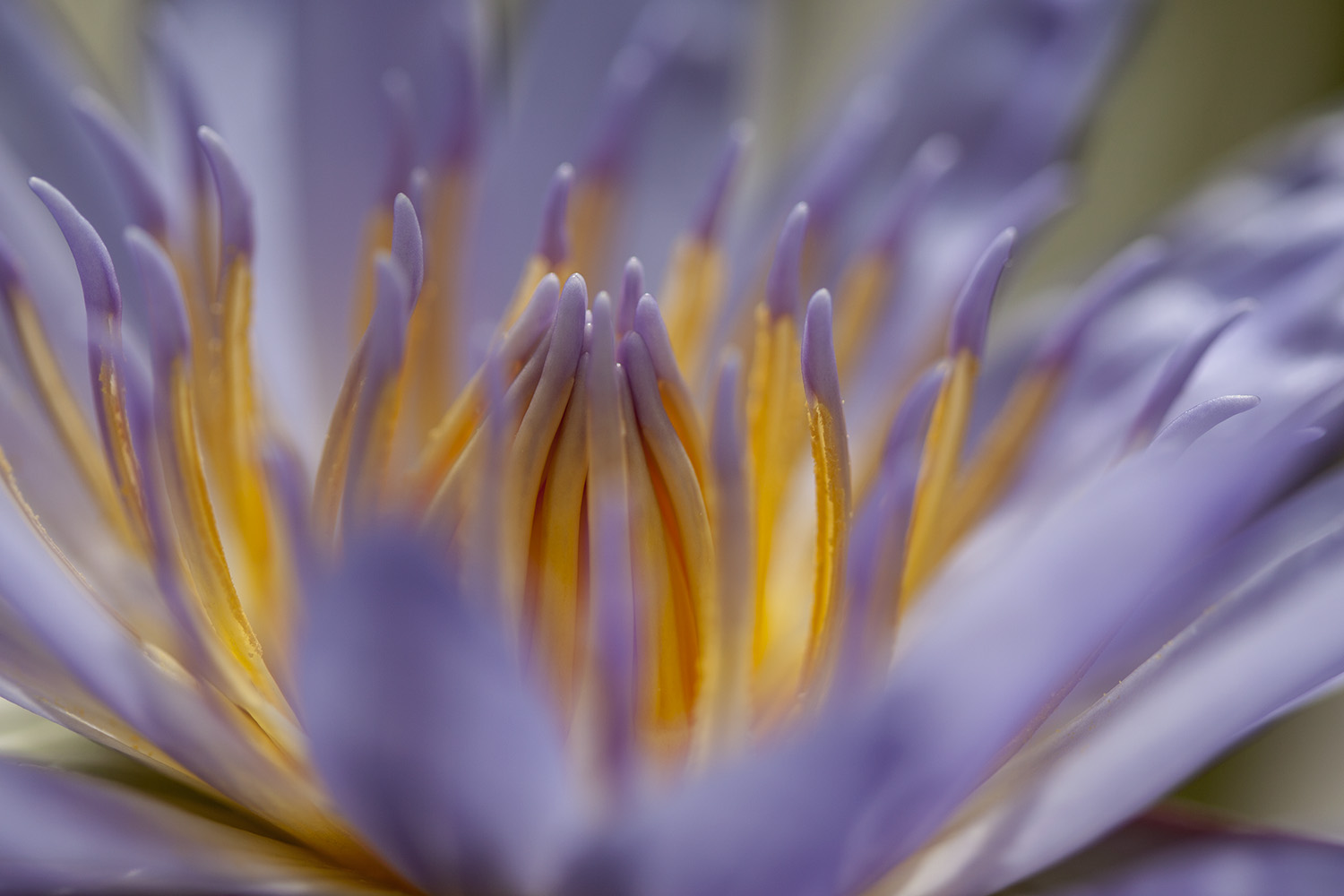
The water lilies around the camp are in full bloom. Using my macro lens I decided to capture the details of this flower’s beautiful colours and shapes. [f 3.2, 1/800, ISO 100, -0.33]

All our guests at Angama fall in love with the tree hyrax scuttling across the lodge’s decks. These arboreal mammals have a guinea pig-like appearance and feed on leaves, shoots, buds, twigs, fruit and seeds. [f 3.2, 1/320, ISO 100, -0.67]

A tongue-in-cheek detail in the Angama Library is a three-dimensional puzzle-like artwork of a crow. This is a gentle reference to Olkurruk, the name of the piece of land on which Angama sits. In Maa, the language of the Maasai, Olkurruk means crow. [f 3.5, 1/50, ISO 100, +0.67]
TAGGED WITH: Wildlife, Photography, Maasai Mara, Landscapes, Wildlife Photography, Lion, Mara Landscapes


